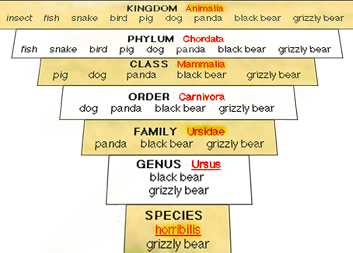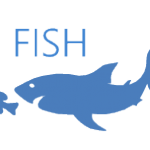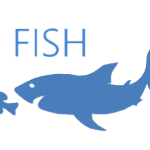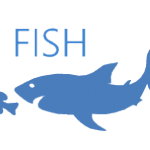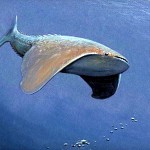Name of animal-plant: Palometa
Species name: Trachinotus goodei
Palometa is a name used for several species of fish:
Freshwater
Catoprion mento, the wimple piranha from several South American river basins
Metynnis, a genus of serrasalmid from several South American river basins
Myloplus rubripinnis, the redhook myleus from several South American river basins
Mylossoma, a genus of serrasalmid from several South American river basins
Pristobrycon striolatus, a piranha from the Amazon and Orinoco Basins
Pygocentrus cariba, the black spot piranha from the Orinoco and Llanos
Pygocentrus nattereri, the red-bellied piranha from several South American river basins
Pygocentrus palometa, a piranha from the Orinoco Basin
Pygopristis denticulata, a piranha from several South American river basins
Serrasalmus, a genus of piranha from several South American river basins
Marine
Beryx, a genus of alfonsinos
Brama, a genus of pomfrets
Maracaibo leatherjacket, Oligoplites palometa, a species in the genus Oligoplites
Taractichthys, a genus of pomfrets
Trachinotus goodei, a Caribbean and West Atlantic gamefish
Animal type: FISH
A fish is any member of a group of organisms that consist of all gill-bearing aquatic craniate animals that lack limbs with digits. They form a sister group to the tunicates, together forming the olfactores. Included in this definition are the living hagfish, lampreys, and cartilaginous and bony fish, as well as various extinct related groups. Tetrapods emerged within lobe-finned fishes, so cladistically they are fish as well. However, traditionally fish are rendered paraphyletic by excluding the tetrapods (i.e., the amphibians, reptiles, birds and mammals which all descended from within the same ancestry). Because in this manner the term “fish” is defined negatively as a paraphyletic group, it is not considered a formal taxonomic grouping in systematic biology. The traditional term pisces (also ichthyes) is considered a typological, but not a phylogenetic classification.
Subcategory: m_pelagic
Pelagic fish live in the pelagic zone of ocean or lake waters – being neither close to the bottom nor near the shore – in contrast with demersal fish, which do live on or near the bottom, and reef fish, which are associated with coral reefs.
The marine pelagic environment is the largest aquatic habitat on Earth, occupying 1,370 million cubic kilometres (330 million cubic miles), and is the habitat for 11% of known fish species. The oceans have a mean depth of 4000 metres. About 98% of the total water volume is below 100 metres (330 ft), and 75% is below 1,000 metres (3,300 ft).
Fact:
All animals and plants are given a species name based on a technical term in biological taxnomy. The species name consists of two words and is based on Latin.
The first part of the name identifies the genus to which the species belongs and the second part identifies the species within the genus. In this animals case it is: Trachinotus goodei


